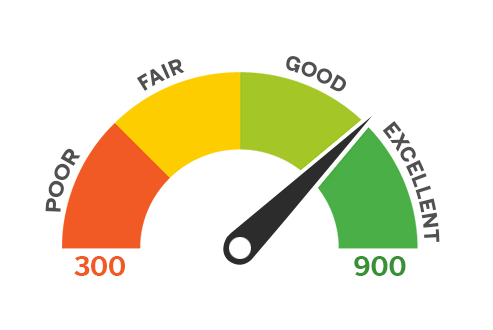How to get the personal Loan?
A personal loan is an amount of money that you can borrow and use for various purposes. For example, you can use a personal loan to consolidate debt, pay for home renovations, or plan the wedding of your dreams. Banks, credit unions, or online lenders may offer personal loans. The money you borrow must be repaid over time, usually with interest. Some lenders may also charge fees for personal loans.

A borrowers receive a lump sum of money upfront, which they repay over a predetermined period through fixed monthly installments. These loans typically have terms ranging from one to seven years, although this can vary depending on the lender and the borrower’s needs. Interest rates on loans may be fixed, remaining constant throughout the loan term, or variable, fluctuating with market conditions.
Personal loans can serve a variety of purposes, including consolidating high-interest debt into a single, more manageable payment, covering unexpected expenses like medical bills or home repairs, financing major purchases such as a wedding or vacation, or investing in home improvements. The loan amount available to borrowers depends on factors like credit history, income, and debt-to-income ratio.
When conside loan, borrowers should compare offers from multiple lenders to find the most favorable terms, including interest rates, fees, and repayment schedules. It’s essential to understand all aspects of the loan agreement, including any penalties for early repayment or late payments, to ensure it aligns with your financial goals and capabilities. By responsibly managing a loan, borrowers can access the funds they need while building positive credit history and financial stability.
- Unsecured Loan: A type of loan that doesn’t require collateral, solely based on the borrower’s creditworthiness.
- Creditworthiness: A measure of how suitable a person is to receive financial credit, determined by factors such as credit history, income, and debt obligations.
- Lump Sum: The full amount of money provided upfront to the borrower in a single payment.
- Fixed Monthly Installments: Regular payments made by the borrower to the lender, consisting of both principal and interest, with a predetermined amount each month.
- Loan Term: The length of time over which the borrower agrees to repay the loan, typically ranging from one to seven years.
- Interest Rate: The percentage of the loan amount charged by the lender for the use of their money, either fixed or variable.
- Variable Interest Rate: An interest rate that can change over time based on fluctuations in market conditions, affecting the borrower’s monthly payments.
- Credit History: A record of a person’s past borrowing and repayment behavior, used by lenders to assess their creditworthiness.
- Income: The amount of money earned by an individual or household, a crucial factor in determining loan eligibility and affordability.
- Debt-to-Income Ratio: A financial metric calculated by dividing a person’s monthly debt payments by their gross monthly income, used by lenders to evaluate a borrower’s ability to manage additional debt.
- Debt Consolidation: The process of combining multiple debts into a single loan, often with a lower interest rate or more favorable terms, to simplify repayment and save money.
- Financial Stability: A state in which an individual’s finances are secure and sustainable over time, often achieved through responsible budgeting, saving, and debt management.
- Loan Agreement: A legally binding contract between the borrower and lender outlining the terms and conditions of the loan, including repayment schedule, interest rate, and any associated fees or penalties.
- Credit Score: A numerical representation of a person’s creditworthiness, based on their credit history and other financial factors, used by lenders to assess risk and determine loan eligibility and terms.
- Risk Assessment: The process of evaluating the likelihood that a borrower will repay a loan as agreed, based on factors such as credit history, income, and financial stability.

